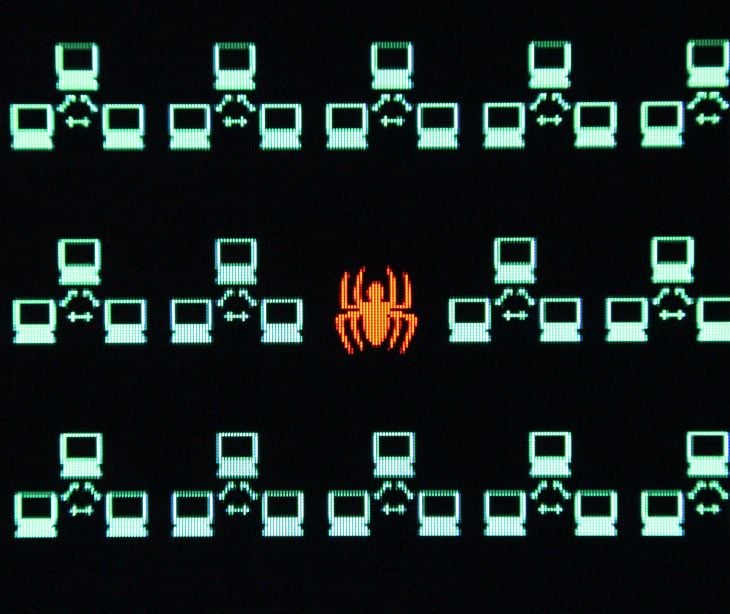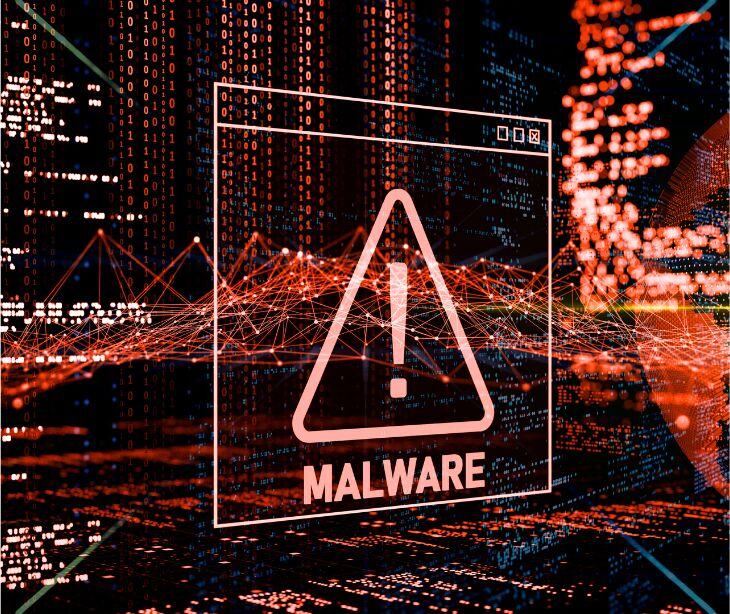
Patch management applies updates, or "patches," to computer systems, software, applications, and devices to ensure they are up-to-date, secure, and functioning properly. These patches typically contain fixes for software vulnerabilities, bugs, performance enhancements, or new features.
Understanding patch management
Every year, over 60% of small and medium-sized businesses fall victim to hackers who continually innovate new methods to infiltrate data and systems, according to Leaf IT, a managed service provider (MSP) focusing on cloud services. Organizations can significantly reduce their susceptibility to cyber attacks by promptly applying patches to address known vulnerabilities.
See also: What are security patches?
How does patch management work?
The patch management process generally involves the following steps:
- Identification: This step involves identifying the available patches for the software or system in question. This can be done through vendor notifications, security advisories, or automated scanning tools.
- Assessment: Once patches are identified, they must be assessed to determine their relevance and impact on the organization's systems.
- Testing: Before deploying patches in a production environment they must be tested to ensure they don't cause unintended consequences or disruptions to system functionality.
- Deployment: After successful testing, patches are deployed to the relevant systems.
- Verification: Once patches are deployed, it's important to verify that they were applied successfully and that the systems function as expected.
- Documentation: Keeping thorough records of patch deployment activities maintains an audit trail and ensures compliance with regulatory requirements.
- Monitoring and maintenance: Patch management is an ongoing process, and it's important to continually monitor for new patches and vulnerabilities as they emerge.
The importance of patch management in healthcare
- Patient data protection: Patch management addresses software and system vulnerabilities that cybercriminals could use to obtain unauthorized access to patient data, thereby helping to protect sensitive health information, such as protected health information (PHI).
- Compliance requirements: The Health Insurance Portability and Accountability Act (HIPAA) and the General Data Protection Regulation (GDPR) mandate the protection of patient privacy and require organizations to maintain up-to-date software and apply security patches promptly.
- Cybersecurity threats: Healthcare organizations are prime targets for cyberattacks due to the value of patient data and the critical nature of healthcare services. Effective patch management helps mitigate these risks by reducing the attack surface and strengthening security defenses.
- Medical device security: Many medical devices run on specialized software or operating systems with vulnerabilities. Patch management ensures the security and integrity of medical devices to prevent potential exploitation and patient harm.
- Operational continuity: Healthcare organizations rely heavily on IT systems and technology to deliver patient care, manage administrative functions, and support clinical workflows. Patch management helps maintain the stability, reliability, and continuity of operations by addressing security vulnerabilities and minimizing system downtime.
- Protecting against emerging threats: Patch management is a proactive measure that helps organizations stay ahead of emerging cybersecurity threats by promptly applying patches to address known vulnerabilities and weaknesses in software and systems.
- Trust and patient confidence: Effective patch management demonstrates a commitment to cybersecurity and data protection, enhancing patient confidence and trust in the organization's ability to safeguard their privacy and well-being.
In the news
23andMe recently admitted to a major cyberattack that went unnoticed for several months. Patch management can serve as a proactive defense mechanism against cyberattacks by identifying vulnerabilities, monitoring patch status, and facilitating timely remediation efforts. Organizations can effectively enhance their ability to detect and mitigate cyber threats by integrating patch management into their cybersecurity strategy.
More news: NIST finalizes HIPAA Security Rule guidance amidst rising breach stats
Types of patch management
There are several types of patch management approaches, each tailored to different organizational needs, resource constraints, and risk tolerances. Some common types of patch management include:
Manual patch management
In this approach, IT administrators manually identify, download, and install patches on individual systems or devices.
Automated patch management
Automated patch management solutions use software tools to streamline the patching process by automating tasks such as patch discovery, deployment, and reporting.
Centralized patch management
Centralized patch management involves deploying patches from a centralized server or management console to multiple systems or devices across the network, allowing for greater control and visibility over the patching process.
Decentralized patch management
Decentralized patch management distributes patching responsibilities to individual departments, teams, or system owners within an organization.
Cloud-based patch management
Cloud-based patch management solutions leverage cloud infrastructure to deliver patching capabilities as a service.
Vendor patch management
Some software vendors offer patch management services or tools specifically designed to manage updates for their products. These vendor-specific solutions may integrate seamlessly with the vendor's software and provide tailored patching workflows and support.
Third-party patch management
Third-party patch management solutions provide comprehensive patching capabilities across a wide range of software and systems, including operating systems, applications, and devices from multiple vendors. These solutions offer flexibility and support for heterogeneous IT environments but may require additional investment and integration effort.
What challenges are associated with patch management?
Patch prioritization
With the constant influx of patches from various vendors, determining which patches to prioritize can be challenging. IT teams must assess the severity of vulnerabilities, their potential impact on systems, and their criticality to the organization to prioritize patching efforts effectively.
Patch testing
Testing patches before deployment ensures they do not cause compatibility issues or system instability. However, testing can be time-consuming and resource-intensive, especially in complex IT environments with diverse software and configurations.
Patch deployment
Deploying patches across a large number of systems and devices can be complex, particularly in distributed or heterogeneous environments.
Patch management tools
While patch management tools can streamline the patching process, selecting the right tools and integrating them into existing IT infrastructure can be challenging. Organizations must evaluate factors such as scalability, compatibility, and ease of use when choosing patch management solutions.
Legacy systems
Legacy systems may pose unique challenges for patch management, as they may no longer be supported by vendors or may have limited compatibility with newer patches. Maintaining security and compliance with legacy systems requires careful risk management and mitigation strategies.
Limited resources
Many organizations face resource constraints, including limited IT staff, budgetary limitations, and competing priorities. Finding the time and resources to effectively manage patching activities amid other operational demands can be a significant challenge.
User awareness and compliance
Even with effective patch management processes in place, ensuring user awareness and compliance remains a challenge. Users may delay or ignore patch notifications, inadvertently leaving systems vulnerable to exploitation.
Patch rollback and remediation
In some cases, patches may introduce new issues or unexpected behavior, necessitating rollback or remediation efforts. Having contingency plans in place and the ability to quickly address issues that arise from patching is crucial for minimizing disruptions and maintaining system integrity.
Best Practices
- Establish a patch management policy: Develop a formal patch management policy that outlines roles, responsibilities, procedures, and timelines for patching activities.
- Prioritize patching: Prioritize patches based on severity, criticality, and potential impact on the organization's systems and data.
- Regularly assess and scan for vulnerabilities: Conduct regular vulnerability assessments and scans to identify potential security vulnerabilities in your systems and software.
- Test patches before deployment: Thoroughly test patches in a controlled environment before deploying them in production.
- Implement change management practices: Integrate patch management into your organization's change management process to ensure proper planning, testing, approval, and documentation of patching activities.
- Use automation tools: Invest in automated patch management tools and solutions to streamline patch discovery, deployment, and reporting processes. Automation can help save time, reduce errors, and ensure consistency across your IT environment.
- Maintain system redundancy and backups: Maintain regular system backups and implement redundancy measures to mitigate the risk of data loss or system downtime resulting from failed patches or unexpected issues during the patching process.
- Keep systems up-to-date: Regularly update and patch all software, operating systems, applications, and devices in your IT environment to address known vulnerabilities and ensure optimal performance and security.
- Monitor patch compliance: Continuously monitor patch compliance and remediate any gaps or non-compliance issues promptly.
- Stay informed and educated: Stay informed about emerging threats, security vulnerabilities, and best practices in patch management. Regularly review security advisories, vendor notifications, and industry publications to stay ahead of potential risks and challenges.
FAQ’s
What role does patch management play in cybersecurity?
Patch management is a critical component of cybersecurity, helping organizations mitigate security risks, protect against known vulnerabilities, and maintain a strong security posture. It is often considered one of the foundational elements of an effective cybersecurity strategy.
How often should patches be applied?
The frequency of patching depends on factors such as the severity of vulnerabilities, the criticality of systems, and organizational risk tolerance. In general, patches should be applied as soon as possible after release, with critical security patches often requiring immediate attention.
See also: Software updates to prevent cyberattacks
Subscribe to Paubox Weekly
Every Friday we'll bring you the most important news from Paubox. Our aim is to make you smarter, faster.





